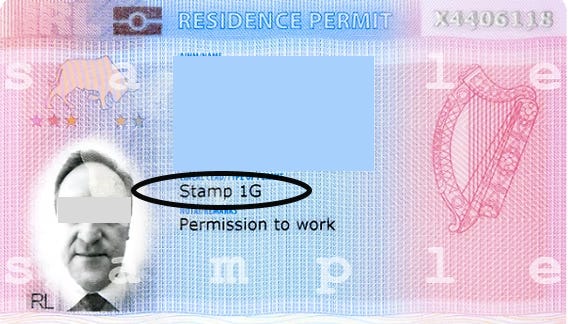How U.S. Citizens Can Move to Ireland (Residency & Citizenship Explained)
Whether for family roots, work, or retirement, Ireland offers multiple options.
Welcome to Digital Citizen 👋
The world is full of options.
Residencies, visas, tax systems, countries. But most people get lost in complexity.
I built Digital Citizen to give you clarity.
Clear rules, clear trade-offs, clear steps you can act on.
Here you will find the truth about moving abroad.
Which visas and residencies actually work.
How to structure your taxes and stay compliant.
What different countries are really like (safety, schools, healthcare, and more).
Tools and personal stories from where I lived that make decisions faster and simpler.
Digital Citizen is about making confident choices in a world full of options 🚀
Why Ireland & Who This Guide Is For
Ireland is a good choice if you want Europe without a language barrier.
English is used in daily life. The country is friendly, safe, and easy to navigate. It is in the European Union and uses the Euro. It is not in Schengen (which matters for travel and how you enter).
This guide is for U.S. citizens who want a clear plan with realistic steps.
Who this helps
You want to relocate to Ireland on your own or with your family.
You have or want an Irish job offer and need a work permit.
You plan to study in Ireland and then work.
You are a founder with a high potential startup and want to use STEP.
Your spouse or partner is eligible to live in Ireland and you will join them.
You have an Irish parent or grandparent and want to claim citizenship by descent.
You work remotely and want to live in Ireland with the right status.
You want to retire in Ireland on independent means and do not plan to work.
What you will get
A simple map of every viable route.
The status each route leads to and the rights it gives you.
Typical timelines and common delays.
Official links so you can verify every step.
What to know up front
There is no digital nomad visa for Ireland. If you plan to live and work here you need the right status. For most readers that means a work permit or citizenship by descent. “Stamps” define your rights. It is Ireland’s label for your immigration permission, shown on your IRP card or as a passport stamp.
Stamp 1 and Stamp 1G are common starting points. Stamp 4 is the long-term goal for many people. The card pictured is Stamp 1G, which lets graduates and certain spouses work in Ireland without an employment permit.
In general: Stamp 1 = work only with an employment permit; Stamp 3 = no work; Stamp 4 = live and work without a permit. There are a few others (0 for people of independent means, 5 after eight years, 6 for Irish citizens), but these cover most cases.
Why people choose Ireland
English in daily life makes the landing easier (from personal experience the accents up north are getting harder to understand however). The job market is strong across tech, finance, pharma, research, and services. You get access to the European Union while staying outside Schengen rules. Community life, education, and the arts are part of daily culture. Nature is close to the cities and the pace feels human.
And on a personal note, Irish people made me feel at home. They are warm, funny, and quick to help. I spent years with them in Ireland and in Australia, and that same kindness showed up everywhere (the “craic” was real).
What this guide will not do
It will not sell you shortcuts.
It will not go deep on tax here. You get the essentials later and the sources to read more.
It will not bury you in legal jargon. Plain and clear language only.
The next sections walk you through your options with clear steps and timelines.




